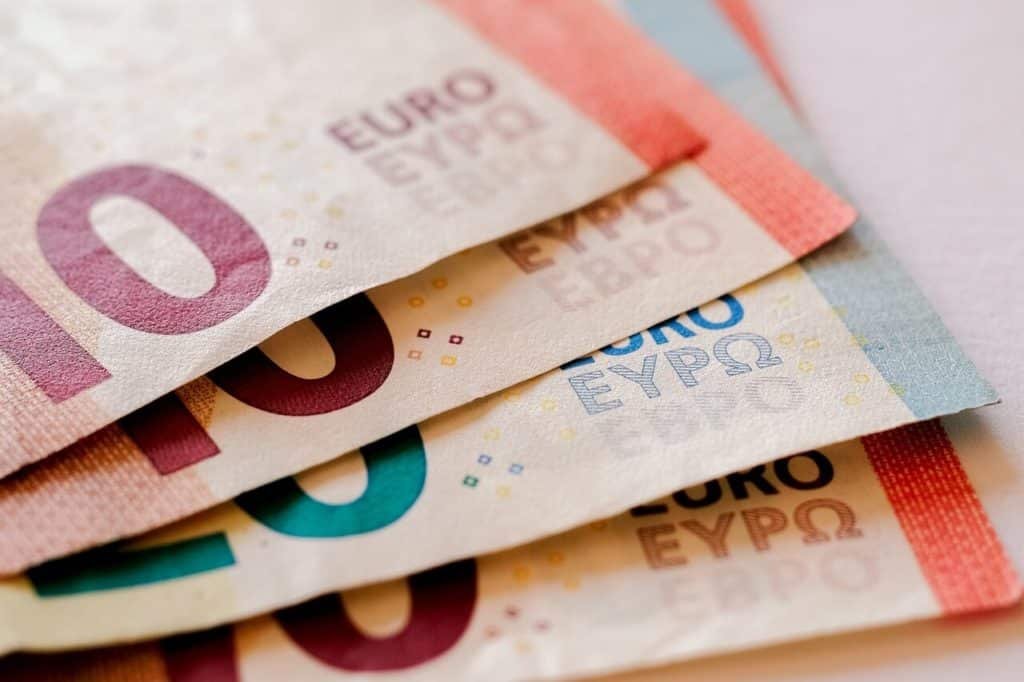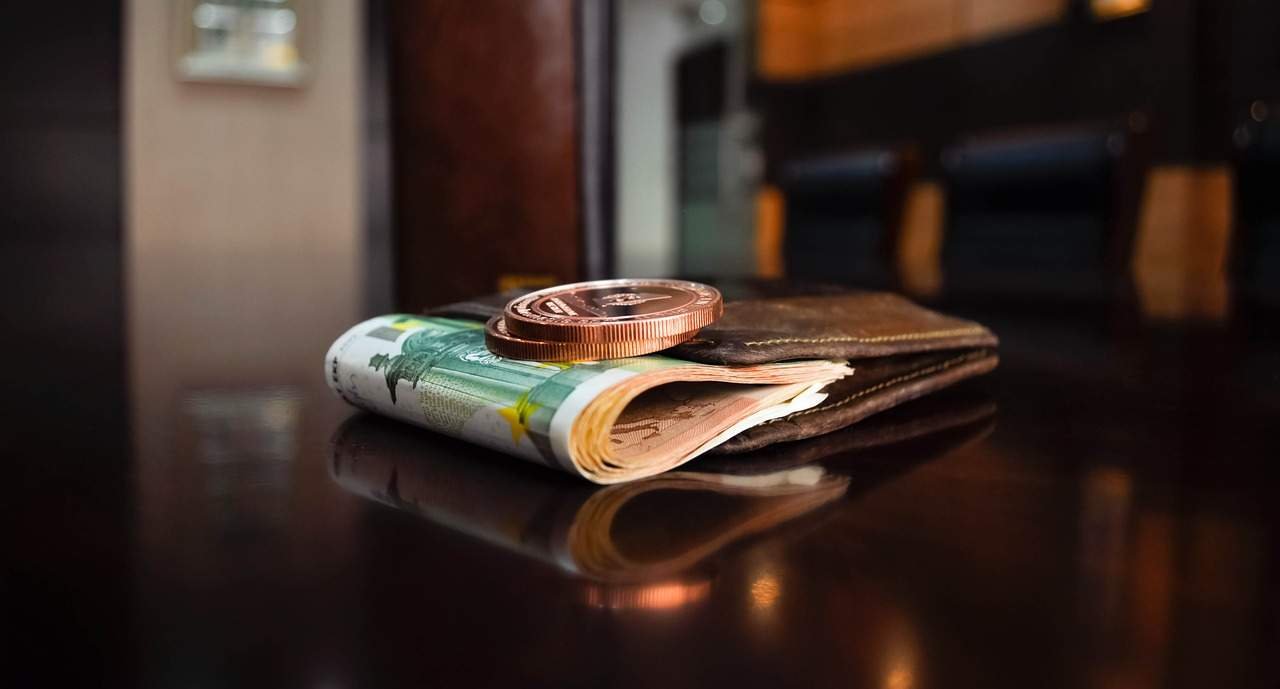The article uses some aspects of the Hofstede’s cultural dimensions and Trompenaars’ research on organizational culture to compare the cultural difference between America and France, then find out three mistakes that the company made in managing its Euro Disney operation through the case study. Many of Businesses in America make detailed assumptions about the potential to expand their business to other countries and structural models of organizing which can be easily failed to consider the cultural differences. So, what are you going to discuss? – Failed Americanism? A Case Study for Eurodisney Failure.
Does the content explain how Failed Americanism? and analyze the Euro Disney failure case study.
One of the examples of the outcome to intercultural business is Disney Corporation’s European venture. Due to the lack of cultural information of France as well as Europe, further, on their inability to forecast problems, Disney acquired a huge debt. False assumptions led to a great loss of time, money and even reputation for the corporation itself.
Instead of analyzing and learning from its potential visitors, Disney chose to make assumptions about the preference of Europeans, which turned out that most of those assumptions were wrong. Also, study the Case Study on the Merger Between US Airways and American Airlines. Disney Company is one of the most successful operators of theme parks in the world, and their theme park in America and Japan achieved great success but the situation in Europe is not so good.
In the following sectors, the three lessons the company should have learned about how to deal with diversity based on its experience will be described. More rapid development in the trend of multinational companies, cross-cultural management has become a major part of the business. The purpose of this paper is to obtain some favorable factors for the future development of Euro Disney by the above analysis.
Three Mistakes by Euro Disney:
The following mistakes are below:
First Mistake:
In determining the target market did not take into account cultural differences Euro Disney’s choice of location focus on the aspects of financial and population, then the Eurodisney theme park located in populous central Europe. Disney executives did not see that Mickey Mouse and intellectuals in the region of the left bank of the Seine in Paris cannot live in harmony and France is serious about their intelligence.
In retrospect, Paris is not the best place to establish such a theme park, so the establishment of the Disney parks is a declaration of war to intellectuals of French. Disney’s manager stated publicly some of the criticism is “the nonsense of small number of Business” would not help them a favor. This may be well operated according to American culture, while the French pay more attention to their own cultural elite and regard this refute as an attack of national quality.
Second Mistake:
Having not adequately taken into account the habits of the French when arranging the service kinds Disney does not provide breakfast because they think that the Europeans do not eat breakfast. In addition, the Disney company does not provide alcoholic beverages within the park, but the French habits are different, they are used to drinking a cup while taking lunch, which aroused the anger of the French.
Disney executives did not estimate that the European are not interested in vacation in theme park so much, in the attitude of Disney Company the European will be happy about spending a few days in a theme park like the American and Japanese, but middle-class in Europe just want to “get away from everything around” and go to the coast or the mountains, and Euro Disney is the lack of such appeal.
Last Mistake:
No combination of French culture to the local staff management Disney has taken the global standard model as same as the Japanese business, they transplanted the American culture to France directly than doing this result with a serious clash of cultures.
The Disney Company use many measures that departed with the local culture, for example, in the Euro Disney, the France worker is requested to comply with the strict appearance code as the other theme parks in the United States and Japan do, the workers are asked to break their ancient cultural aversions to smiling and being consistently polite to the park guest even must mirror the multi-country makeup of its guest.
In addition, the Disney Company brought their U.S. Pop culture to France and fought hard for a greater “local cultural context”. The French people think that this is an attack on their native culture, so they adopted an unfriendly attitude toward to the arrival of the Disney, including the protest come from the intellectual and the local residents and farmers.
Three Lessons by Eurodisney:
The following lessons are below:
First Lessons:
Multinational companies should target market accurately even in the same country or regional market, the traditional culture makes different control power to different people. Multinational companies should be fully based on detailed market research to find the weak links in the market and make a breakthrough, use the “point to an area” model to expand.
For example, McDonald’s opened in the Chinese market, its target is no longer work for the busy working-class, but the children. The golden arches mark, the joyful atmosphere of the shop, the furnished toys, full of playful ads, as well as various promotional activities specifically carry out for children, these have a tremendous appeal to the target customers.
McDonald thinks that adult eating habits difficult to change, only those children whose taste not yet formed are the potential customers of Western fast-food culture, the McDonald received Broad market recognition and have huge market potential.
Second Lessons:
Multinational enterprises should pay full attention to the importance of the influence of cultural differences on marketing face to the new multiple culture environment, the multinational enterprise should take an objective to acknowledge about the cultural differences of the consumer demand and behavior and respect it, abandoning the prejudice and discrimination of culture completely.
Moreover, multinational enterprises should be good at finding out and using the base point of communication and collaboration of different cultures and regard this base point as the important consideration factor when the plan to enter the target country market.
After all, the fundamental criterion for a successful business enterprise is whether it can integrate into the local social and cultural environment. The multinational enterprises should improve the sensitivity and adaptability to the different cultural environment.
Last Lessons:
Multinational enterprises should make full use of the competitive advantages of cultural differences and promote international marketing. The objective of international cultural differences can also be the basic demand points of different competitive strategy.
In the international market, launching culture marketing activities and highlighting the exotic culture and cultural differences in the target market can open the market quickly. Companies should strive to build cross-cultural “two-way” communication channels, it is necessary to adapt to the host’s cultural environment and values and carry out the business strategy of localization to make it can be widely accepted by the host country local government, local partners, consumers, and other relevant stakeholders.
Effective cross-cultural communication, on the one hand, contributes to cultural integration but also can create a harmonious internal and external human environment for corporate management.
Euro Disney Calamity:
The following Calamity is below:
Until 1992,
The Walt Disney Company had experienced nothing but success in the theme park business. Its first park, Disneyland, opened in Anaheim, California, in 1955. Its theme song, “It’s a Small World After All,” promoted an idealized vision of America spiced with reassuring glimpses of exotic cultures all calculated to promote heartwarming feelings about living together as one happy family.
There were dark tunnels and bumpy rides to scare the children a little but none of the terrors of the real world . . . The Disney characters that everyone knew from the cartoons and comic books were on hand to shepherd the guests and to direct them to the Mickey Mouse watches and Little Mermaid records. The Anaheim park was an instant success.
In the 1970s,
The triumph was repeated in Florida, and in 1983, Disney proved the Japanese also have an affinity for Mickey Mouse with the successful opening of Tokyo Disneyland. Having wooed the Japanese, Disney executives in 1986 turned their attention to France and, more specifically, to Paris, the self-proclaimed capital of European high culture and style. “Why did they pick France?” many asked.
When word first got out that Disney wanted to build another international theme park, officials from more than 200 locations all over the world descended on Disney with pleas and cash inducements to work the Disney magic in their hometowns. But Paris was chosen because of demographics and subsidies. About 17 million Europeans live less than a two-hour drive from Paris. Another 310 million can fly there at the same time or less.
Also, the French government was so eager to attract Disney that it offered the company more than $1 billion in various incentives, all in the expectation that the project would create 30,000 French jobs. From the beginning, cultural gaffes by Disney set the tone for the project. By late 1986, Disney was deep in negotiations with the French government.
Disney team:
To the exasperation of the Disney team, headed by Joe Shapiro, the talks were taking far longer than expected. Jean-Rene Bernard, the chief French negotiator, said he was astonished when Mr. Shapiro, his patience depleted, ran to the door of the room and, in a very un-Gallic gesture, began kicking it repeatedly, shouting, “Get me something to break!”
There was also snipping from Parisian intellectuals who attacked the transplantation of Disney’s dream world as an assault on French culture; “a cultural Chernobyl,” one prominent intellectual called it. The minister of culture announced he would boycott the opening, proclaiming it to be an unwelcome symbol of American clichés and a consumer society.
Unperturbed,
Disney pushed ahead with the planned summer 1992 opening of the $5 billion parks. Shortly after Euro-Disneyland opened, French farmers drove their tractors to the entrance and blocked it. This globally televised act of protest was aimed not at Disney but at the US government, which had been demanding that French agricultural subsidies be cut. Still, it focused world attention on the loveless marriage of Disney and Paris.
Then there were the operational errors. Disney’s policy of serving no alcohol in the park, since reversed caused astonishment in a country where a glass of wine for lunch is a given. Disney thought that Monday would be a light day for visitors and Friday a heavy one and allocated staff accordingly, but the reality was the reverse.
Another unpleasant surprise was the hotel breakfast debacle. “We were told that Europeans ‘don’t take breakfast,’ so we downsized the restaurants,” recalled one Disney executive. “And guess what? Everybody showed up for breakfast. We were trying to serve 2,500 breakfasts in a 350-seat restaurant at some of the hotels. The lines were horrendous.
Moreover,
They didn’t want the typical French breakfast of croissants and coffee, which was our assumption. They wanted bacon and eggs.” Lunch turned out to be another problem. “Everybody wanted lunch at 12:30. The crowds were huge. Our smiling cast members had to calm down surly patrons and engage in some ‘behavior modification’ to teach them that they could eat lunch at 11:00 AM or 2:00 PM.”
There were major staffing problems too. Disney tried to use the same teamwork model with its staff that had worked so well in America and Japan, but it ran into trouble in France. In the first nine weeks of Euro-Disneyland’s operation, roughly 1,000 employees, 10 percent of the total, left.
One former employee was a 22-year old medical student from a nearby town who signed up for a weekend job. After two days of “brainwashing,” as he called Disney’s training, he left following a dispute with his supervisor over the timing of his lunch hour. Another former employee noted, “I don’t think that they realize what Europeans are like . . . that we ask questions and don’t think all the same way.”
One of the biggest problems,
However, was that Europeans didn’t stay at the park as long as Disney expected. While Disney succeeded in getting close to 9 million visitors a year through the park gates, in line with its plans, most stayed only a day or two. Few stayed the four to five days that Disney had hoped for. It seems that most Europeans regard theme parks as places for day excursions.
A theme park is just not seen as a destination for an extended vacation. This was a big shock for Disney. Also, study the Case Study of the Starbucks Mobile Payment Application. The company had invested billions in building luxury hotels next to the park-hotels that the day-trippers didn’t need and that stood half empty most of the time.
To make matters worse, the French didn’t show up in the expected numbers. In 1994, only 40 percent of the park’s visitors were French. One puzzled executive noted that many visitors were Americans living in Europe or, stranger still, Japanese on a European vacation! As a result, by the end of 1994 Euro-Disneyland had cumulative losses of $2 billion.
At this Point,
Euro-Disney changed its strategy. First, the company changed the name to Disneyland Paris in an attempt to strengthen the park’s identity. Second, food and fashion offerings changed. To quote one manager, “We opened with restaurants providing French-style food service, but we found that customers wanted self-service like in the US parks. Similarly, products in the boutiques were initially toned down for the French market, but since then the range has changed to give it a more definite Disney image.” Third, the prices for day tickets and hotel rooms were cut by one-third. The result was an attendance of 11.7 million in 1996, up from a low of 8.8 million in 1994.










